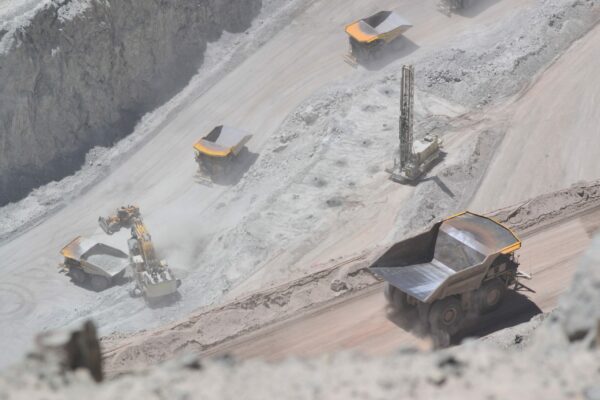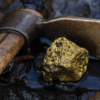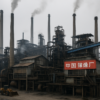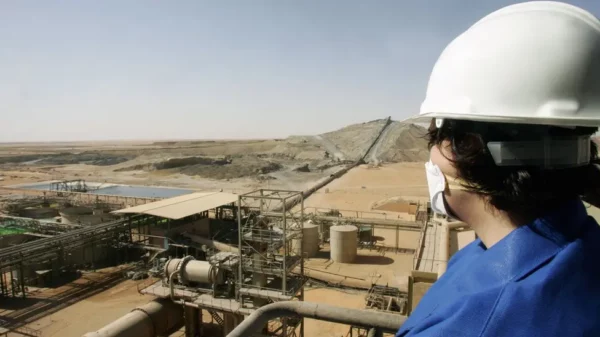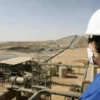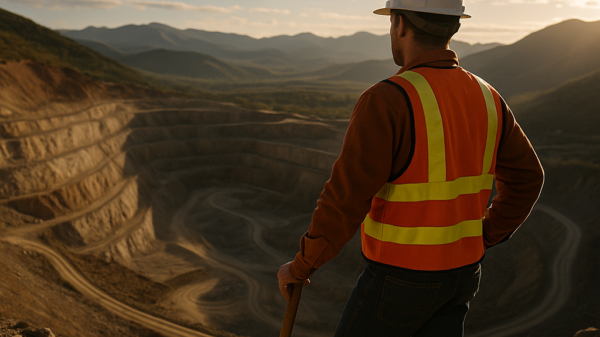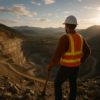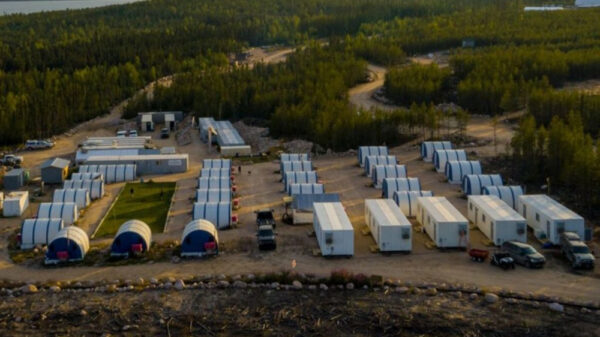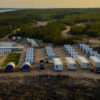Traction Uranium (CSE: TRAC) (OTC: TRCTF) executed a master service agreement with Saskatchewan Research Council (SRC) regarding exploring in situ recovery (ISR) uranium extraction projects to use SRC’s core flooding machine post-discovery.
The uranium in-situ recovery process is used to mine deposits that are difficult to justify chasing, because scans either don’t show enough uranium to be worth mining, or present too much of a risk because of the level of radiation. The technology can potentially mean drilling and cracking to create passage for the liquid extractor (called a lixiviant) used to pull uranium from ore bodies using freezing technology to encapsulate the orebody for proper recovery.
“SRC has been synonymous with mining in Saskatchewan and around the world for a very long time. Their knowledge and proficiency around mining and uranium is unrivaled and supports our pillars of exploration and expansion being supported by experience and expertise. Conventional mining involves removing mineralized rock from the ground, grinding, sorting and separating out what we want from what we don’t. Solution mining otherwise known as ISL (in-situ leaching) or ISR (in-situ recovery) leaves the ore where it is in the ground, recovery is done by dissolving the minerals we want from the ore and pumping up the pregnant solution to the surface where we can recover it resulting in little disturbance and no tailings or waste rock generated. This provides low capital costs relative to conventional mining providing Traction a key technological partner post discovery and supports our plans for adding more properties in North America,” said Lester Esteban, CEO.
Traction Uranium is involved in mineral exploration and development of discovery prospects in Canada. It has two projects in the Athabasca Region, respectively in Hearty Bay and Lazy Edwards Bay. In contrast, SRC is Canada’s second largest research and technology organization, sporting 350 employees, CAD$137 million in annual revenue and 75 years of experience, the company provides services and products to 1,500 clients in 27 countries.
The other machine used in the process is the core flooding machine. It stimulates the overburden pressure and pumping pressure used during recovery. It makes use of drill cores and changes in permeability and uranium extraction as a function of time, and makes a record of the amount of injection lixiviant that has been used.
This development comes shortly after a master service agreement signed with the University of Saskatchewan adding to the company’s exploration programs in the region using radiation-induced defects in quartz as a new locus for exploration at both the Hearty Bay and Lazy Edwards Bay properties. The research is based on the discovery of radiation defects formed from the bombardment of alpha particles emitted from the decay of uranium (and thorium) isotopes.
“The Saskatchewan expertise in mining and uranium is what makes this province one of the best-rated jurisdictions for mining and exploration. The innovation coming out of the University of Saskatchewan elevates the industry; the novel technique pioneered by Dr. Yuanming Pan will assist us in determining whether a target area had uranium-bearing fluids or not and help our team define and trace the conduit(s) of uranium-bearing fluids. The data derived from the work will assist us in returning a more cost-effective and higher-accuracy drilling program over our peers by examining quartz degradation caused by radiation emitted from decaying uranium as another vector to our program. By focusing our efforts in the right areas and combining this new technology with the data gathered from our drilling programs, we maximize the dollars in the ground for our investors,” said Esteban.
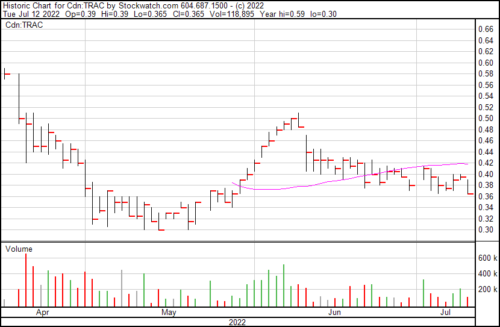
Shares are down $0.03 today and trading at $0.365.

